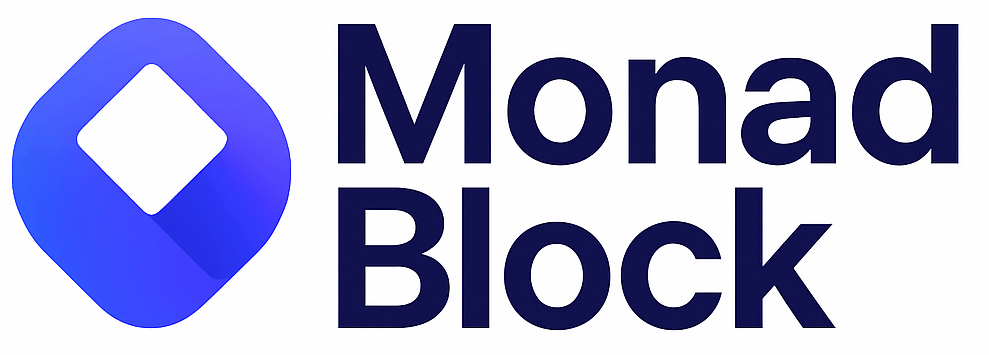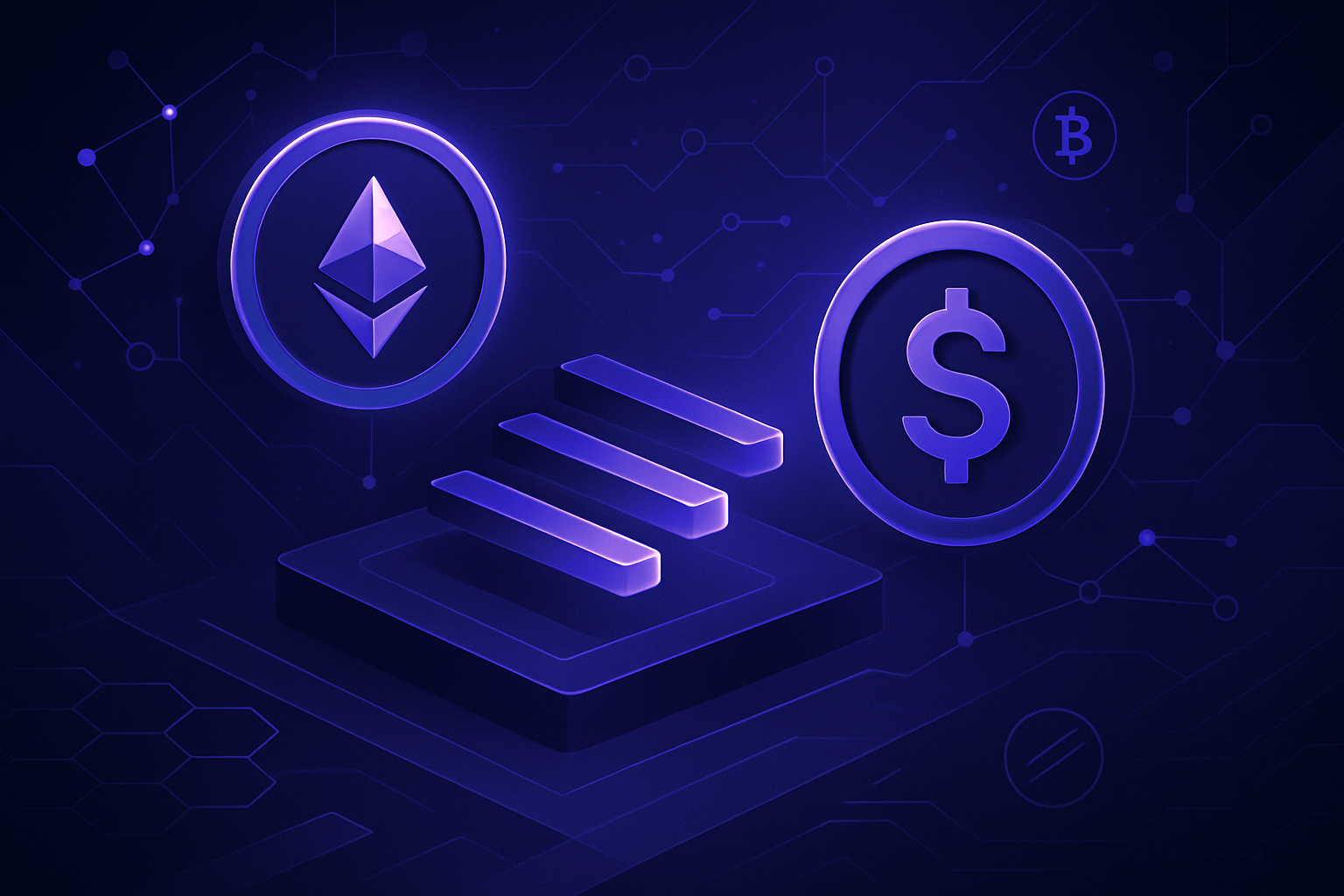
In the rapidly evolving landscape of decentralized finance, transaction throughput is the defining bottleneck for ambitious DeFi protocols. While Ethereum’s EVM compatibility has fueled explosive growth, its sequential execution model restricts scalability, capping mainnet performance at around 10-15 transactions per second. Monad’s high-throughput EVM chain is engineered to obliterate these limits, introducing a paradigm shift for developers demanding speed, composability, and reliability.

Unleashing Throughput: The Power of Monad EVM Parallelization
Traditional EVM-based blockchains process transactions one after another. This serial approach ensures deterministic state changes but creates a choke point as network demand surges. Monad’s breakthrough lies in parallel execution, where multiple transactions are processed simultaneously using an optimistic concurrency strategy. The protocol speculatively executes transactions in parallel, assuming independence; conflicts are detected and resolved via selective re-execution to maintain consistency.
This innovation is not a shortcut or compromise, it’s a fundamental architectural advancement that unlocks the latent potential of EVM. By decoupling consensus from execution with its MonadBFT mechanism, Monad allows consensus nodes to agree on transaction ordering while execution engines process batches asynchronously. The result: single-slot finality within 0.8-1 seconds and sustained throughput up to 10,000 TPS, orders of magnitude beyond legacy chains.
Optimized Storage: MonadDB and Asynchronous State Access
Parallelism at the execution layer demands equally performant data access. Here, MonadDB comes into play, a custom storage engine engineered for asynchronous disk operations. Unlike synchronous databases that serialize reads/writes (creating I/O bottlenecks), MonadDB enables concurrent state access for thousands of transactions per block. This design eliminates traditional storage contention issues and empowers the network to scale linearly with available hardware resources.
The impact for DeFi developers is immediate: faster block times, lower latency for user interactions, and seamless scaling as application demand grows. Whether it’s high-frequency trading strategies or complex multi-leg swaps across liquidity pools, Monad’s architecture ensures that state updates are never the limiting factor.
Key Advantages of Monad EVM Parallelization for DeFi Developers
-
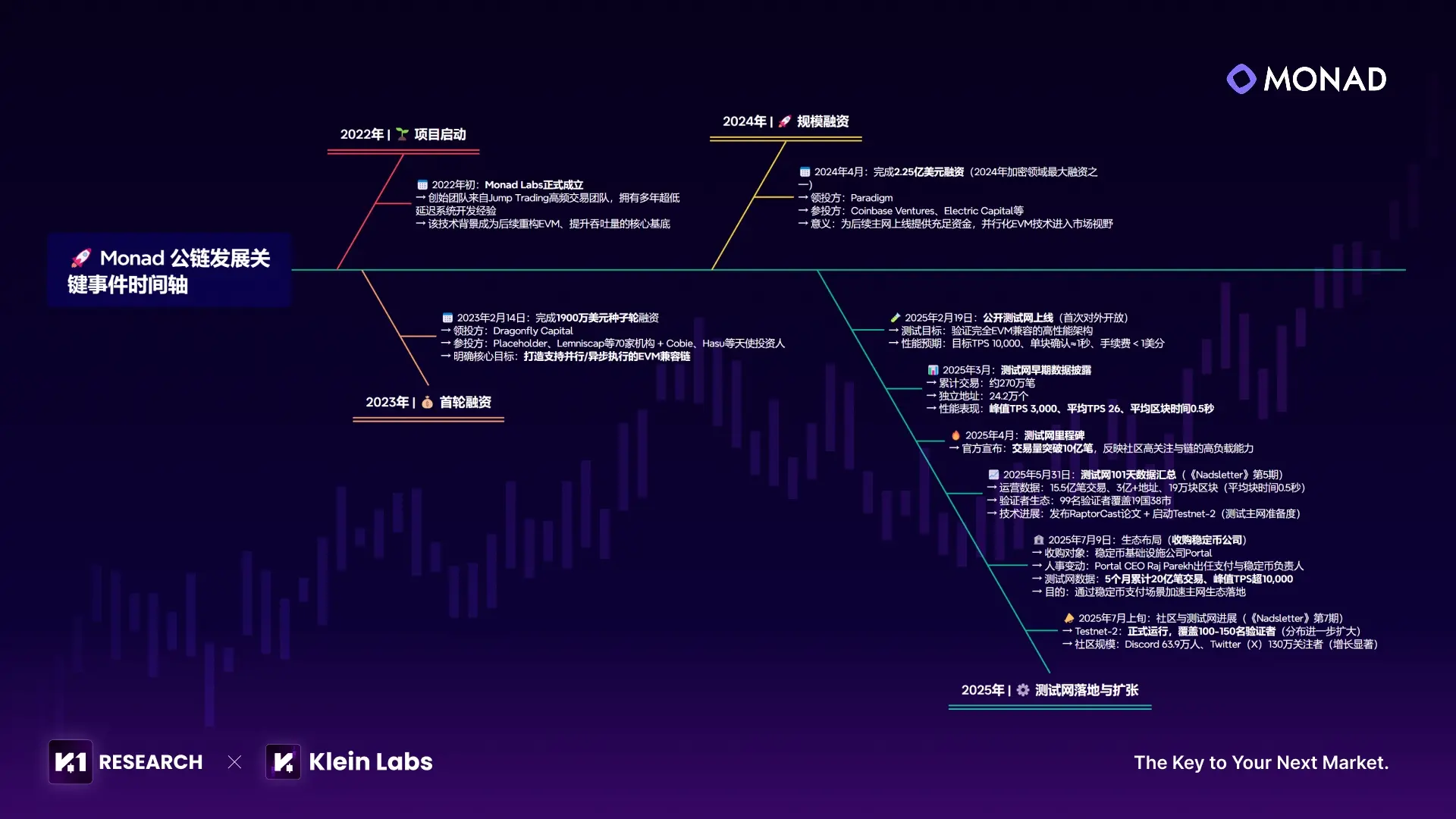
Massive Throughput Gains: Monad’s parallel execution engine enables up to 10,000 transactions per second, dramatically reducing network congestion and supporting high-volume DeFi protocols.
-
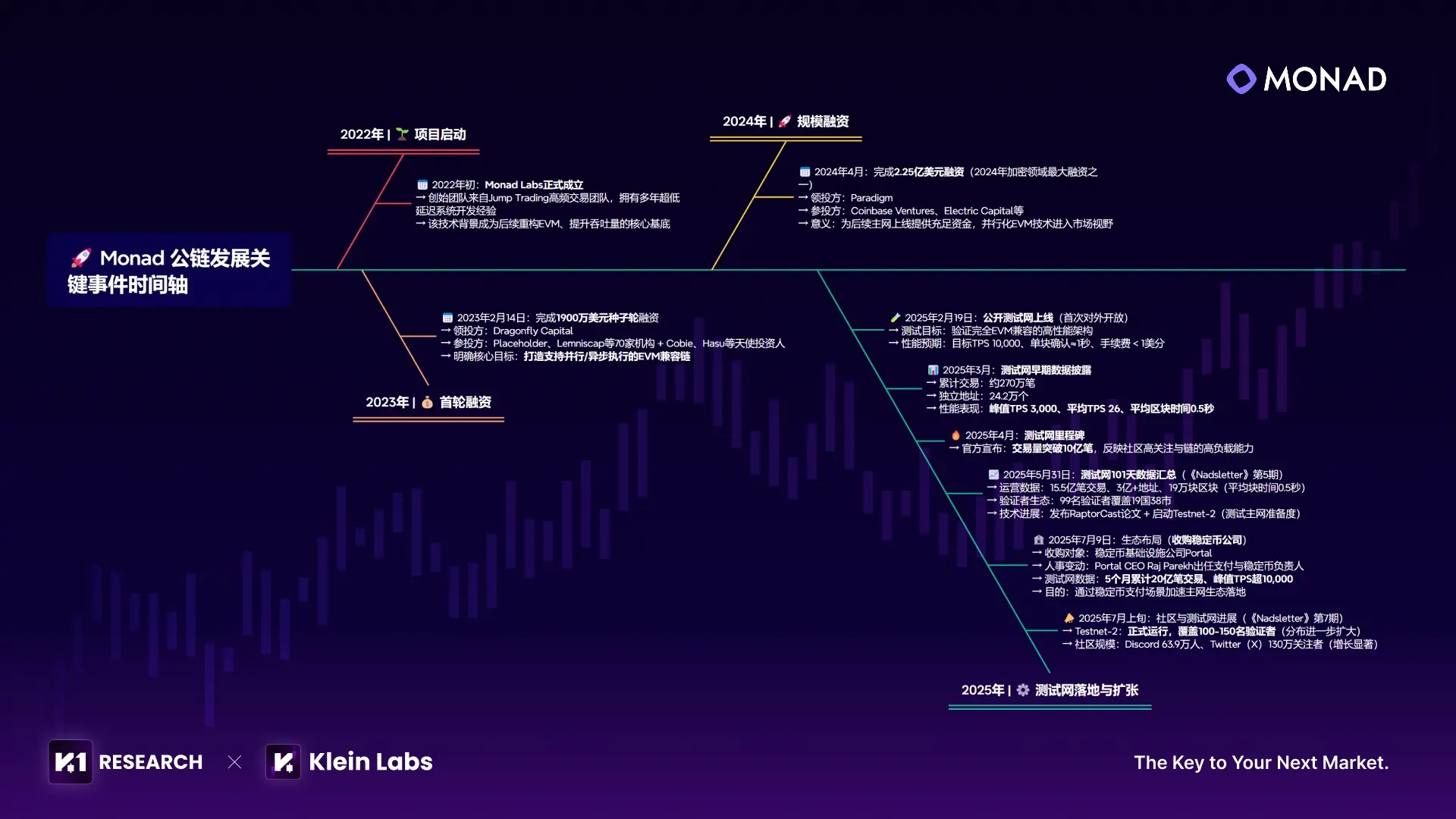
Ultra-Low Latency: By decoupling consensus (MonadBFT) from execution, Monad achieves sub-second transaction finality, allowing DeFi applications to deliver near-instant user experiences.
-
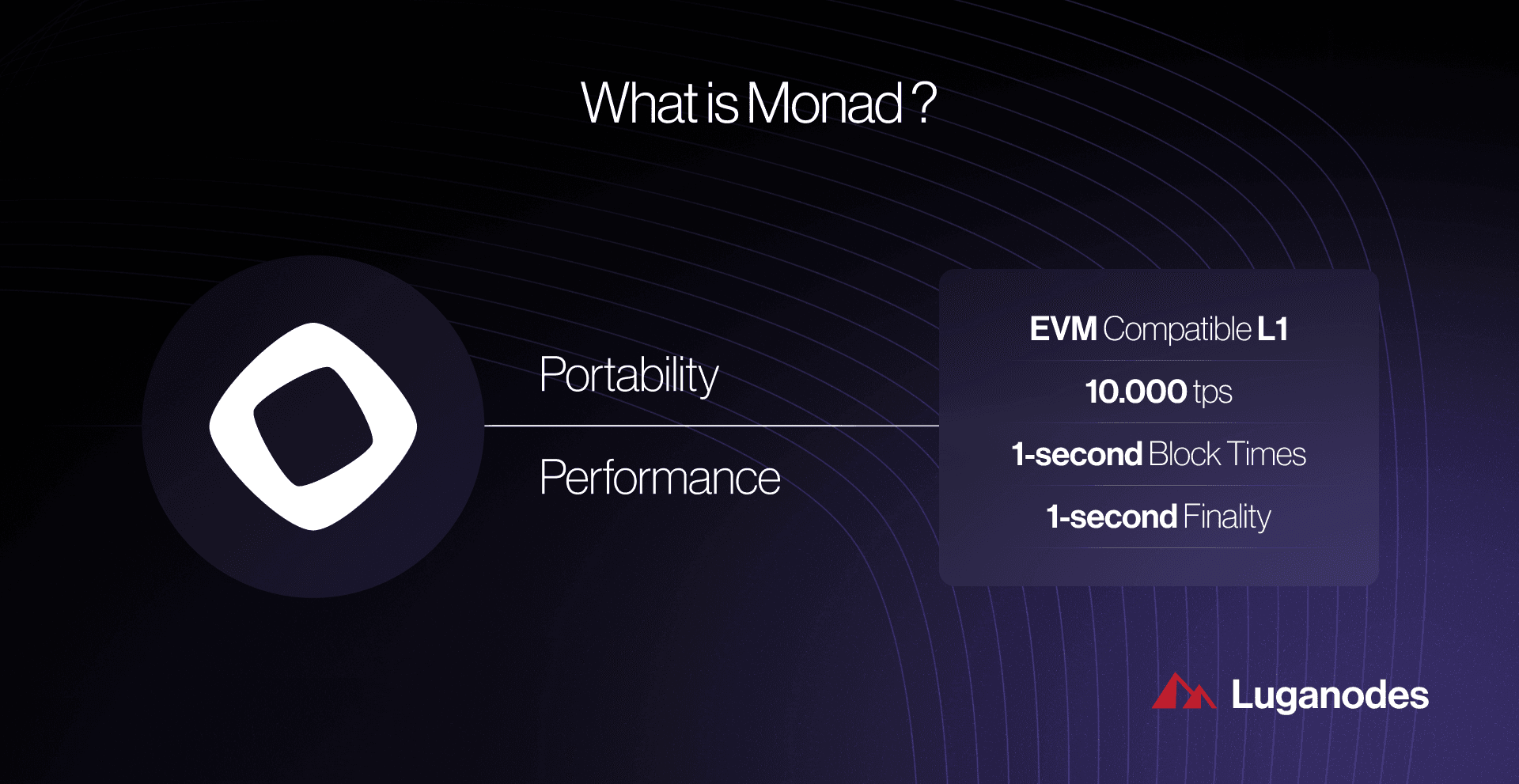
Full EVM Compatibility: DeFi developers can migrate or deploy existing Ethereum-based smart contracts on Monad with minimal changes, leveraging familiar tooling and codebases.
-
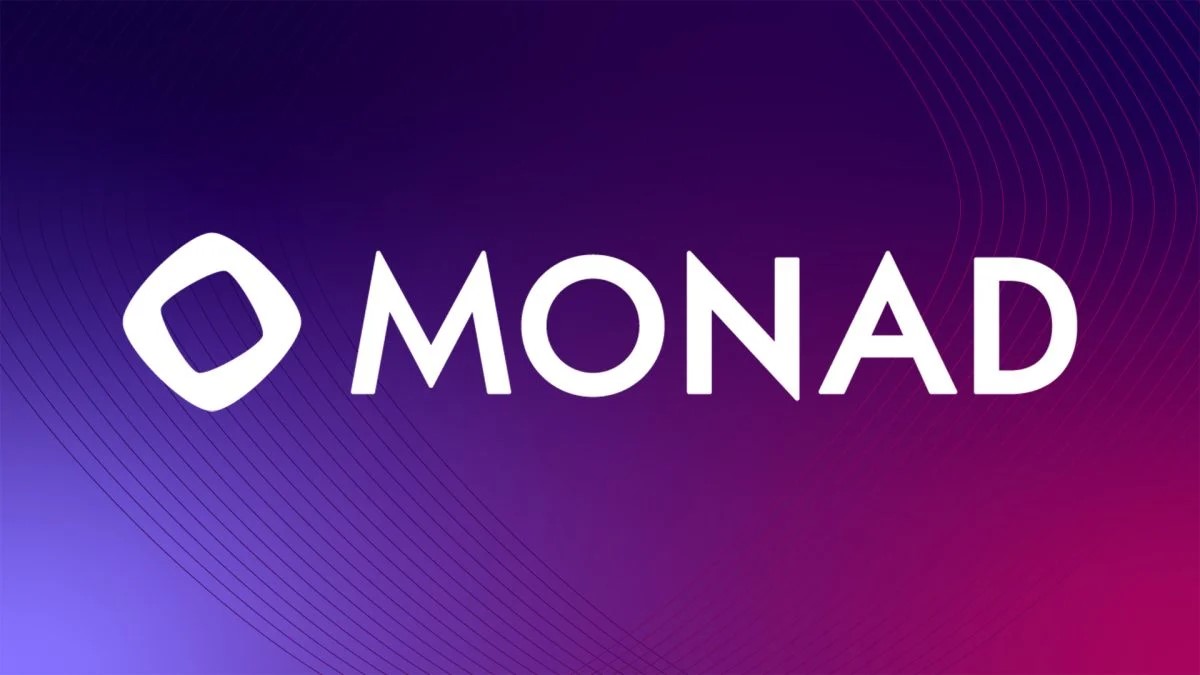
Optimized State Management: The custom MonadDB storage system enables efficient, asynchronous access to blockchain state, supporting parallel reads and writes for faster and more reliable DeFi operations.
-
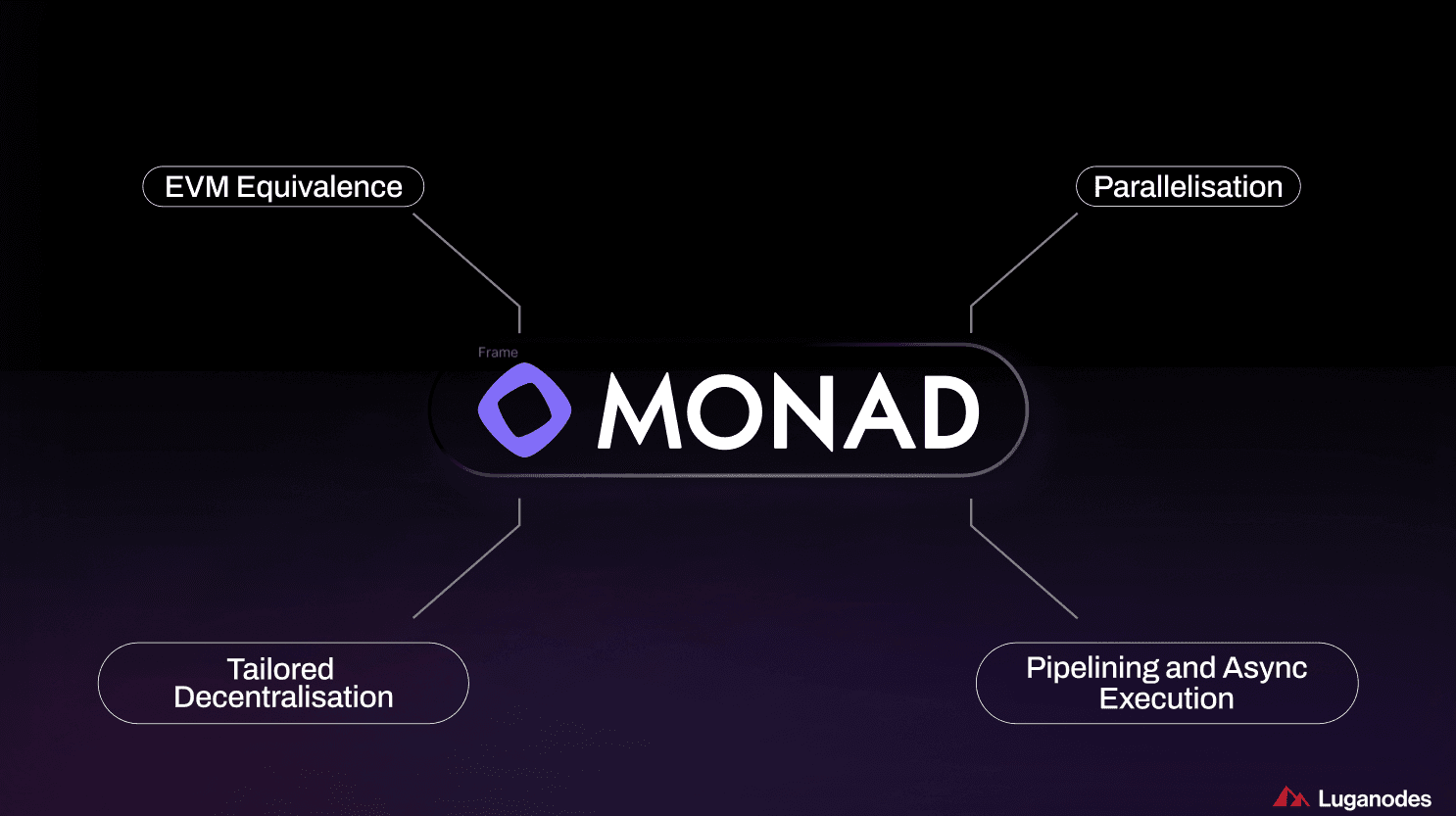
Scalable Infrastructure for Complex DApps: Monad’s architecture removes sequential execution bottlenecks, empowering developers to build scalable, high-performance DeFi platforms without compromising on decentralization or security.
EVM Compatibility Without Compromise
The genius of Monad is not just raw speed, it’s delivering this performance while maintaining full EVM compatibility. Developers can migrate existing Solidity smart contracts with minimal refactoring and leverage familiar tooling (Hardhat, Foundry) without sacrificing security or decentralization guarantees.
This means builders can immediately capitalize on high throughput without learning new languages or rewriting core logic, a critical advantage as projects seek to onboard millions of users without friction. For those seeking technical depth on how parallelization preserves Ethereum semantics while maximizing efficiency, see this deep dive on transaction throughput mechanics.
Crucially, Monad’s parallel execution engine is not a theoretical promise but a production-grade system with measurable impact. Recent benchmarks confirm sustained throughput of 10,000 transactions per second, equating to over 1 billion transactions daily, without compromising on decentralization or security. This scale is transformative for DeFi protocols that have historically been constrained by mainnet congestion and unpredictable gas fees. Now, high-frequency order books, real-time lending platforms, and cross-chain bridges can operate at web-scale performance while retaining the composability and auditability of Ethereum’s EVM.
For protocol engineers, Monad’s architecture unlocks new design space. With transaction ordering guaranteed by the consensus layer but execution happening in parallel, latency-sensitive operations such as arbitrage, liquidation bots, or on-chain options pricing can be executed in near real time. The network’s rapid finality (typically within one second) means user-facing applications experience minimal lag between action and confirmation, a critical requirement for next-gen DeFi UX.
Benchmarks and amp; Real-World Performance: Monad vs Legacy EVM Chains
Comparing Monad side-by-side with legacy EVM chains highlights the magnitude of this leap. Where Ethereum processes around 10-15 TPS with 12-second block times, Monad consistently achieves 10,000 TPS with sub-second finality. This isn’t just an incremental improvement, it’s an order-of-magnitude shift that redefines what’s possible for decentralized markets.
| Chain | TPS | Finality Time | EVM Compatibility |
|---|---|---|---|
| Ethereum Mainnet | 10-15 | and #8776;12s | and #10004; |
| Monad | 10,000 and | and #8776;1s | and #10004; |
| BSC/Polygon (L1) | and #8776;100-200 | and #8776;2s-5s | and #10004; |
| Solana (Non-EVM) | and gt;5,000 | and lt;1s | and #10006; |
This performance advantage is not achieved by sacrificing decentralization or cutting corners on security. Monad leverages robust Byzantine Fault Tolerance (BFT) consensus and maintains full compatibility with existing Ethereum tooling, so developers can deploy Solidity contracts directly without modification.
Scaling DeFi Without Trade-offs: What’s Next?
The implications for DeFi development are profound. With throughput bottlenecks eliminated and latency minimized, builders can design protocols that were previously infeasible, such as high-frequency trading DEXes, scalable derivatives markets, or instant-settlement lending platforms. The composability ethos of Ethereum remains intact but is now supercharged by hardware-level efficiency and architectural clarity.
The future of high-throughput EVM chains is here, and it’s not just about speed for its own sake. It’s about enabling a new wave of financial primitives that demand both trustlessness and performance at scale. As more teams migrate to Monad to escape the constraints of sequential execution, expect a surge in on-chain liquidity depth and user experience innovation across the DeFi stack.
If you’re ready to explore how Monad EVM parallelization can transform your protocol architecture or want deeper technical details on implementation strategies, visit our comprehensive guide on unlocking unmatched transaction throughput for DeFi applications.
